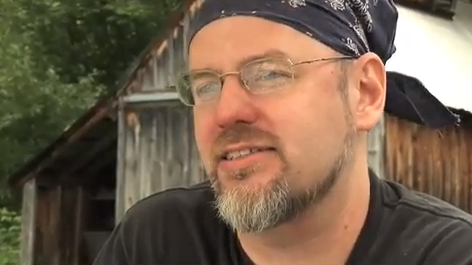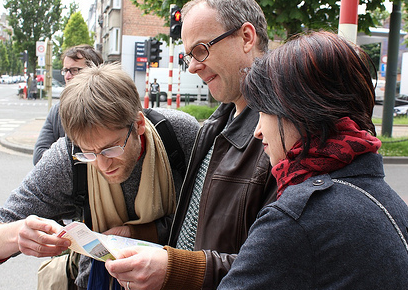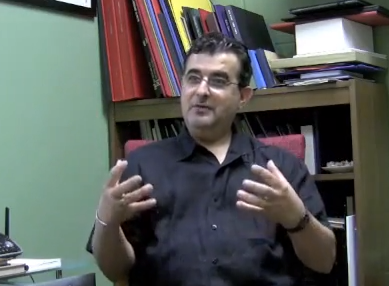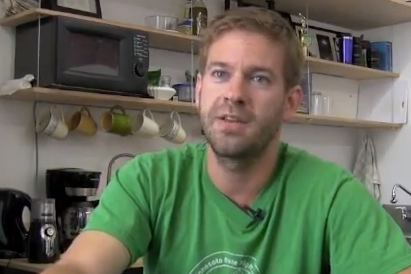Design phase:
Empathize
We don’t start with a problem or a solution or even an idea. We start with real people.
Successful entrepreneurs design business solutions to meet the real needs of real people. You can’t design for people if you don’t understand them – what they want, what they need, who they really are. The best way to develop this understanding is by practicing empathy – that is, spending some time walking around in the shoes of a customer, or a user of your product. How do they think? How do they feel? Getting to these insights is the heart of the human-centered approach to design.
Of course a savvy business model is important. So is a quality product. But if you’re not creating with human needs in mind, it doesn’t matter how sexy or clever your company is – you’re not making a difference for real people.
In this phase, shed your preconceptions about what you want to create, and allow yourself to see the world from the perspective of others.
General Electric: transforming healthcare for children and their families
As a principal designer for GE Healthcare, Doug Dietz explains why starting with empathy is critical to innovation that really matters.
Doing anthropology
Many of the techniques we use in empathy are borrowed from anthropology. Here, the MIT Department of Anthropology shows what anthropological fieldwork looks like.
12 ways to add design thinking into your project
The best way to learn about your user is by watching them live. Tom Hulme of IDEO gives you some strategies on how to do just that.
When people talk, listen completely. Most people never listen.Ernest Hemingway
If you make listening and observation your occupation you will gain much more than you can by talk.Robert Baden Powell
Immerse yourself in somebody else’s world
Understanding users is part ethnography and part psychology, but at its core it’s about taking the time to observe, question, and listen. Even if you think you already understand the motivations and needs of makers and manufacturers, expect to throw away your own assumptions and open your mind to what’s actually going on in the world around you.
Many techniques for developing empathy for users are things you already do in your everyday life when you’re learning and exploring – if you’re traveling to a new country, for example, or starting a job in a new field. Here, we’ll spotlight how you can turn your questing, questioning impulse towards gathering information about your potential end users.
Interview for empathy
Interviewing is an art, but you can anticipate some patterns. This article from the d.school bootleg gives the trajectory of most interviews and 12 tips to keep your interview deep and generative.
Develop an interview approach
Interviewing is not just about “ask and answer”. Here, IDEO's HCD Toolkit offers you 4 concrete ways to interview that are less traditional and highly effective.
Interviewing for introverts
Rachelle Annechino, of the blog Ethnography Matters, gives interviewing tips for people who might not initially think of themselves as good interviewers.
The great gift of human beings is that we have the power of empathy. Meryl Streep
When you start to develop the powers of empathy and imagination, the whole world opens up to you.Susan Sarandon
More resources

Find someone to interview and schedule a time to meet
Identify 3-5 people associated with making, distributing, consuming or producing goods or services near you. Reach out and schedule a time to interview and observe them in their own environment.

Prepare your interview questions
Create a short list of open-ended questions you can ask your interviewee. You will want to follow-up on things they said and let the interviewee do most of the talking, but creating an initial list of things you might ask will be helpful out in the field.

Go forth and interview
Get out into the field and conduct your interviews. Remember to capture everything you see by taking pictures, writing down specific quotes and phrases and drawing things you want to remember.
Can't get out into the field? Check out some pre-taped interviews you can use instead.








